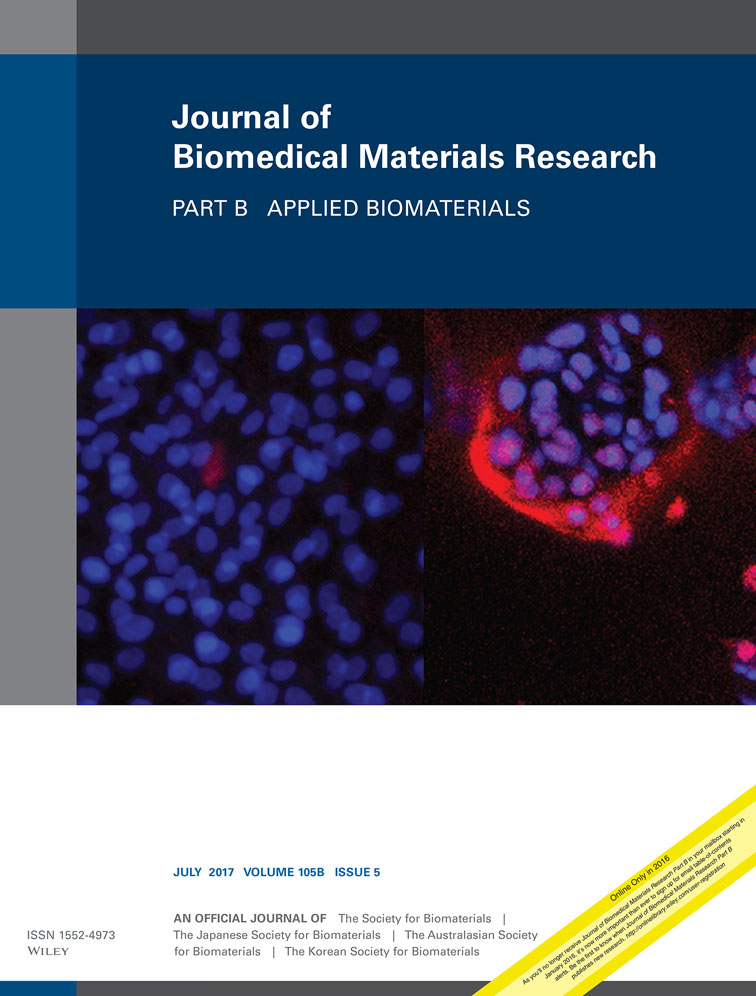Primary hybrid THA using a polymethyl methacrylate-precoated stem: A single-center experience with a 10-year minimum follow-up
Disclosure: Each author certifies that he or she has no commercial associations (for example, consultancies, stock ownership, equity interest, patent licensing arrangements, etc.) that might pose a conflict of interest with the submitted article. Each author certifies that his or her institution has approved the human protocol for this investigation and all investigations were conducted in conformity with ethical principles of research.
Abstract
The high failure rate of cemented femoral components in the 1970s facilitated the improvement of the cementing technique and surface finishes such as polymethylmethacrylate (PMMA)-precoated stems, reporting a survival rate of >95% at 10 years from some studies. However, controversy persists regarding whether precoated femoral stems are associated with a longer revision-free prosthesis survival. The purpose of this study was to evaluate the clinical and radiological outcomes of PMMA-precoated femoral stems, and analyze factors associated with implant survival. We retrospectively reviewed 73 primary hybrid total hip arthroplasties performed using PMMA-precoated femoral stems. The mean age of the patients was 61 years. During the mean follow-up period of 13 years, 18 hips (24.7%) underwent aseptic loosening, and all of the loosened stems were subjected to revision surgery 8.8 years (range 4.6–15.5 years) from the index surgery. Younger age and poor cementing were significantly associated with aseptic loosening (P = 0.013 and P < 0.001, respectively). However, the aseptic loosening rate was also high at 13.1% even with a good cementing technique. In conclusion, the PMMA-precoated stem failed to show expected advantages and needs to be replaced with other surface finish stem designs. © 2016 Wiley Periodicals, Inc. J Biomed Mater Res Part B: Appl Biomater, 105B: 1300–1306, 2017.




